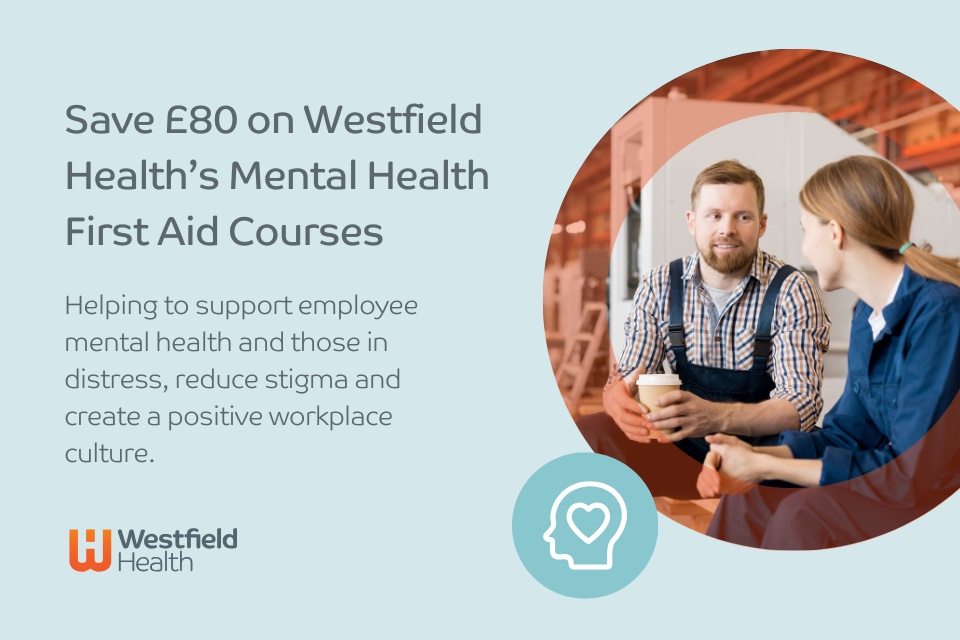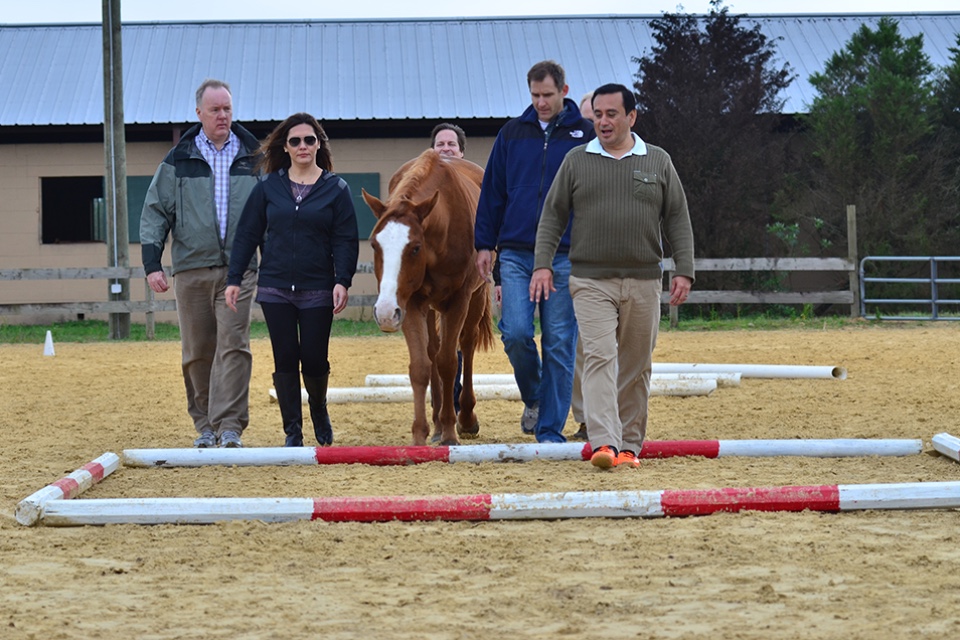Richard Burton, Platform Manager of the Professional Development Programme, Royal Society of Chemistry, discusses how technology can help professional associations approach continuing professional development (CPD) through a lifelong lens...
An important foundation stone underpinning the best professional associations is their approach to supporting their members’ professional development, aiding them to grow, adapt, and excel throughout their careers.
Encouraging members to engage in their own professional development can be challenging given workplace and personal time pressures, so professional associations usually choose to formalise professional development, making it mandatory for membership or otherwise incentivising through awards and rewards. As a result, the ‘annual CPD submission’ has become an accepted model of not only supporting professional development in members’ careers, but also, through analysis of the submissions, of understanding the impact that professional associations are having on the trajectory of those careers.
The ‘annual CPD submission’ model can have its downsides. Coalescing one’s professional development into an annual submission can mean that the exercise becomes a once-per-year, fire-and-forget process for members. Moreover, this approach runs counter to the ‘C’ in ‘CPD’: It is difficult to really prove that the development captured in an annual submission is genuinely ‘continuous’, and at worst it risks turning CPD into a ‘tick box’ exercise, rather than a lifelong, continuous pursuit.
Technology is playing an increasingly important role in making the annual approach scalable across large membership bases. At a basic level, managing submissions via electronic forms and uploads makes the logistics of an annual process simpler to manage for members and professional associations. However, this approach merely translates an old process into a new, electronic version, without paying much attention to the extraordinary possibilities of that new medium. So how might we exploit technology better to re-incorporate the ‘C’ into members’ CPD?
Embedding CPD in our strategic approach
At the Royal Society of Chemistry (RSC), we have continued to step up our CPD offering for members, expanding investment in our provision of new resources and the tools with which to deliver them. For the RSC, this investment underpins key strategic aims such as accreditation and supports a drive to engage more of our members across the UK and worldwide.
One of the goals of our project has been to empower our members to take command and ownership of their development, while knowing the RSC is right beside them. The RSC have career advisers with professional development expertise to guide members looking for support. Also, as a professional development platforms lead, I aim to provide our customers with the opportunity to become reflective practitioners, teaching people to become independent and not to rely on one organisation or system that tells them what to do. Enabling them to embark on their unique journey, and identify opportunities which are right for them, is an important part of this.
Thinking creatively about professional development
Let’s consider this from the individual perspective. When you are in a job and thinking ‘what do I need to do to get where I need to be next?’, you might instead consider the following questions:
- What do I enjoy doing?
- What am I good at?
- How can I develop my skills?
- What opportunities are available to enable my progression?’
Adopting this mindset is an important part of professional development, which is not so much a set of steps relating to your occupation as the continual pursuit of personal improvement taking you on a journey which will ultimately result in a successful career. Focusing on process rather than just outcomes helps people to become a more robust and well-rounded professionals. A professional association is in a good position to independently encourage this, whereas a business or employer will often naturally shape its people to support its commercial objectives.
Incentivising CPD with technology
New technology is playing an important role in how we foster a ‘continuous’ mindset among our members. We’reevolving our professional development offering, improving existing e-learning content and developing new offerings, but above all making it more connected and accessible. To do this we use a tool to help our members with planning, tracking, and recording their professional development, which is how our partnership with Inkpath came to be. The result is RSC Pathfinder which has gone beyond being just a CPD tracking tool. It is the glue and the clarity that will over time pull the RSC’s professional development content and provision together into a centralised space, connecting our existing offering and our new learning experiences, making opportunities easily accessible to all our members.
Pathfinder facilitates the continuous nature of CPD in several ways. First, it provides each member with an individual, tailored user experience, helping to alleviate the feeling that CPD tools can be generic, and encouraging continuous engagement. Pathfinder does this by providing personalised onboarding pathways, through which members can answer questions set by RSC CPD professionals and take advantage of algorithm-driven recommendations of activities. This allows members to build their own bespoke professional development programme from the broad range of high-quality opportunities we provide.
Second, RSC Pathfinder allows our members to track their professional development very quickly and easily ‘on the go.’ Adding activities and evidence is the work of a few short clicks, and it is easy to associate these activities with specific competencies and goals a member can set themself.
People often find that making a start on their CPD is the hardest point. Tools such as RSC Pathfinder help them to overcome this initial barrier, supporting members along their continuing professional development journey.
A view of the near future
An important part of the value of Pathfinder will come in future when we work with Inkpath to develop the platform to support revalidation of our professional awards. Using Pathfinder for this process will strengthen the ‘continuing’ part of our professional development offering and provides encouragement for our members to use the tool on a regular basis. Functionality like this is an important as part of a range of incentives for engagement with CPD.
Members of the RSC with professional awards already need to undertake a periodic revalidation process. It makes perfect sense to allow members to submit evidence for revalidation via Pathfinder, as they should already have recorded all their professional development on the system. The next development step will allow a member to identify and gather items they feel are relevant to their revalidation from their full Pathfinder record of CPD. The member will then receive feedback on their submission in the same system and be able to act on this feedback. The submission will draw from their evolving Pathfinder profile. In other words, it will be a snapshot of members’ ‘continuous’ development.
Becoming a robust, reflective practitioner
A great professional association understands and appreciates that everyone is different and the CPD recipe is individual to each person. A person’s career and their professional development is somewhat distinct, but where you end up working and what you end up doing can be influenced by the development activity you have engaged with. Jobs come and go, but the continuous part in all of this is the person. If we can encourage people to be more flexible and open minded when it comes to training, this will help create more well-rounded and robust individuals. By putting the ‘C’ back in CPD we can become more comfortable with the professional sand constantly shifting under our feet and make the most of the opportunities afforded to us.
Photo by Jason Goodman on Unsplash









